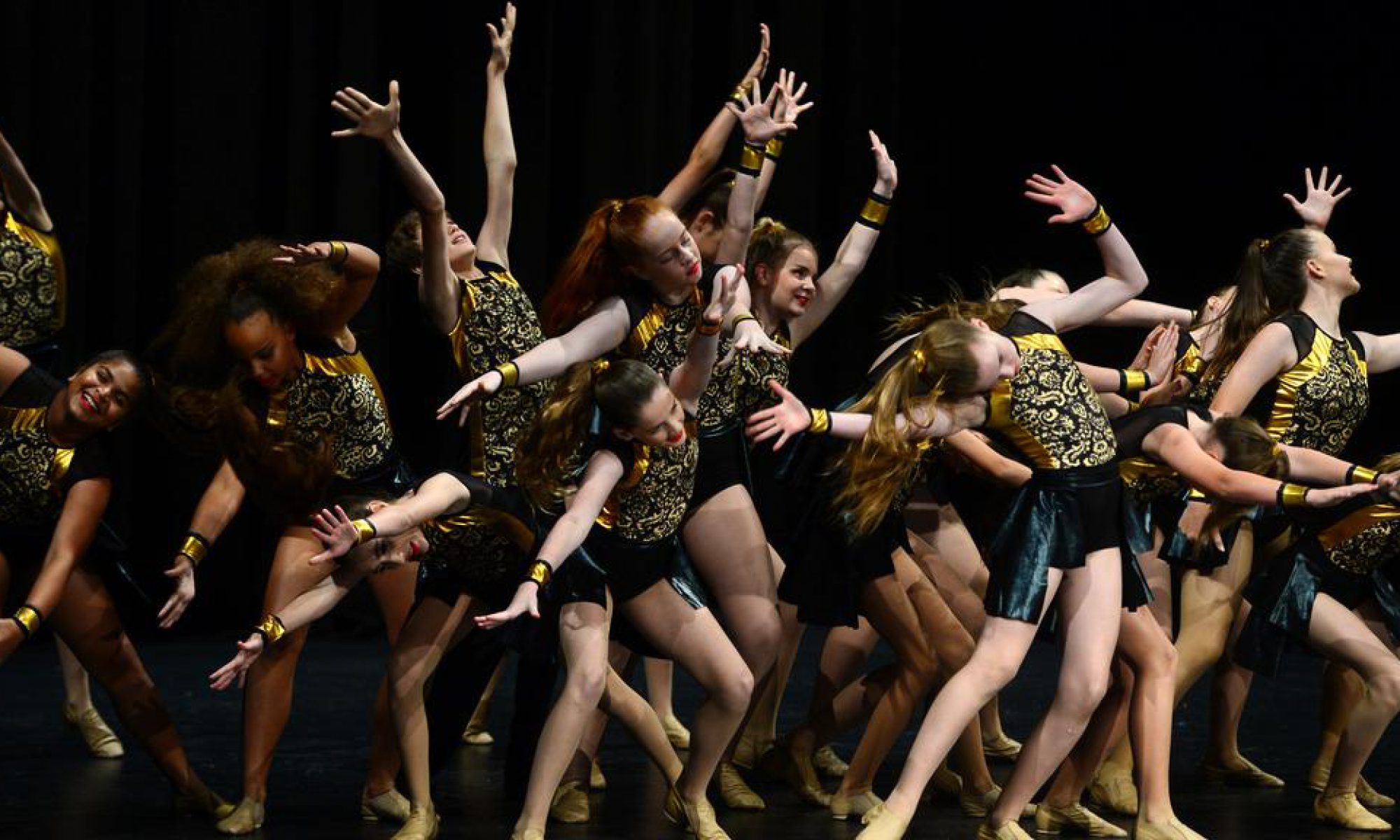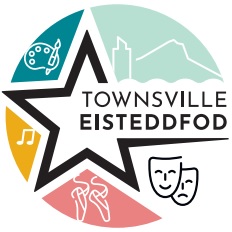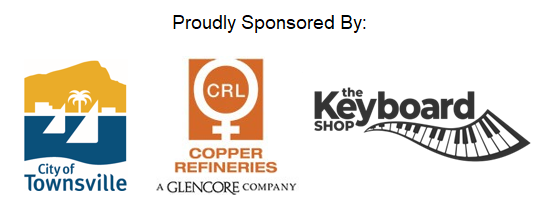Prior to World War 2, The North Queensland Eisteddfod Council conducted Eisteddfodau in North Queensland. In 1948, this committee established a sub-committee to conduct an Eisteddfod specifically for performance artists under 18 years of age. This proved to be impractical and after 2 years, in 1950, an independent committee, known as the “Townsville Juvenile Eisteddfod Committee”, replaced the sub-committee and assumed control of the competitions. In 1997 the word “Juvenile” was dropped from the name. The Townsville Eisteddfod committee continues to operate a friendly competition for young performers in several fields of The Arts.
In 1950, the competition took place over 6 days, in 1 theatre, using 3 adjudicators, with 443 entries, in 110 sections, offering 886 performances as solos, small groups or choirs. In 2009, there were 18 days of competition (up to14 hours per day), in 2 theatres, using 11 adjudicators, for 5600 performances from 2077 entries, including 35 school groups. The 360 Sections offered included Vocal, Instrumental, Speech and Drama, Literary, Art, and Dance including Highland and Irish Dancing. In 1950, a programme cost 1 Shilling (about 10c). In 1978, it cost $1.00. In 2010 the much-expanded programme book cost $10.00.
In 1949, in order to establish a financial base for the eisteddfod, an auxiliary committee canvassed businesses in town for advertisements, trophies and donations. Members of this committee literally walked the streets of Townsville visiting every business house to collect donations. They also ran Garden Parties, Cake Stalls, Concerts and Raffles. By 1955, enough money had been accumulated to invest in a fixed deposit. The Townsville City Council helped by charging reduced rental rates for the Theatre Royal and later offered a sizeable donation. Support from the Council has continued to this day and has been supplemented by financial support from various corporate bodies such as Mt Isa Mines, McDonalds, Friends of the Theatre, City Oasis, Smile Dental, Xstrata Copper and many others. Because of this support and the accumulation of the financial deposits, the Eisteddfod now has a solid financial basis from which to expand and to provide excellent adjudicators to give valuable advice to the young performers. After the introduction of Television, there was a time when the committee struggled to sustain the competition. The support of the City Council and the work of the many volunteers ensured the continuance of the movement.
Many different venues have been used over the years including the Theatre Royal, the Wintergarden Theatre, the Arts Centre, the University Refectory (Pimlico), the Women’s Club Rooms, the Presbyterian Church Hall, the Odeon Theatre, the Waterside Workers Hall, Pirani Hall, the Pimlico Performing Arts Centre and Ignatius Park Hall. In 2009, the competition took place in The Townsville Civic Theatre and the Choral society Hall.
Many changes have taken place over the years reflecting changes in tuition in the performing arts. New sections are added or deleted as interest in different fields ebbs and flows. Solo organ and piano accordion sections are some that were very popular for a while but have since disappeared from the list of sections. Changes in Australian society are also reflected in the sections offered in the Eisteddfod. In 1950, the song chosen for the Chief Chorus was “Ma li’l Black Coon” by Henry Geehl – not acceptable now. In 1966, the Essay title for 17-18 age group was “The White Australia Policy should be abandoned”, In the 1970s and 80s, special sections were provided for handicapped children, but since mainstreaming became the accepted way of dealing with these wonderful people, these sections were deleted in the early 1990s. Some of Townsville’s history can also be seen in the Eisteddfod History. In 1967, the Waterside Workers Hall burnt down and a new venue had to be found. In 1975, the Wintergarden Theatre ceased operations completely because of dangerous wiring and, as a result, the committee, with the Townsville Arts Council, renovated the stage area of the Arts Centre to use as a performance venue for a few years until, in 1978, the Civic Theatre opened.
In 1985, the committee entered the age of technology and Rod Prior formulated a computer program. Since then, the software has been extensively upgraded and expanded by Bob Hinds. Our first website was created in 2006 by Coralie Hinds. For the 2009 Eisteddfod, Jeff Nielsen redesigned the website to take advantage of new browser technology and set up a system to publish results of each section as soon as the section was completed. For the first time, competitors could check their own entry details online. In 2012, a completely new database system was designed by IT professional Aaron Nielsen to take advantage of future development in hardware and software and further integration with the website.
Many of the young performers have gone on to successful and, in some cases, international careers, including Kurt Phelan, Ebony Buckle, Harriet and Madeline Dyer, Emmanuel and Isobel Reynaud, Bradley Newman, Shannon Foley, Siobhan Patrick, Ryan Daniel, David Wakeham, Janette Mulligan, Natalie Weir, Jane Pirani, and Robert Keane. to name a few.
The Townsville Eisteddfod committee aims to continue offering young performers the opportunity to experience the development of artistic skills in their art form through the discipline of preparation and the excitement of performance.


